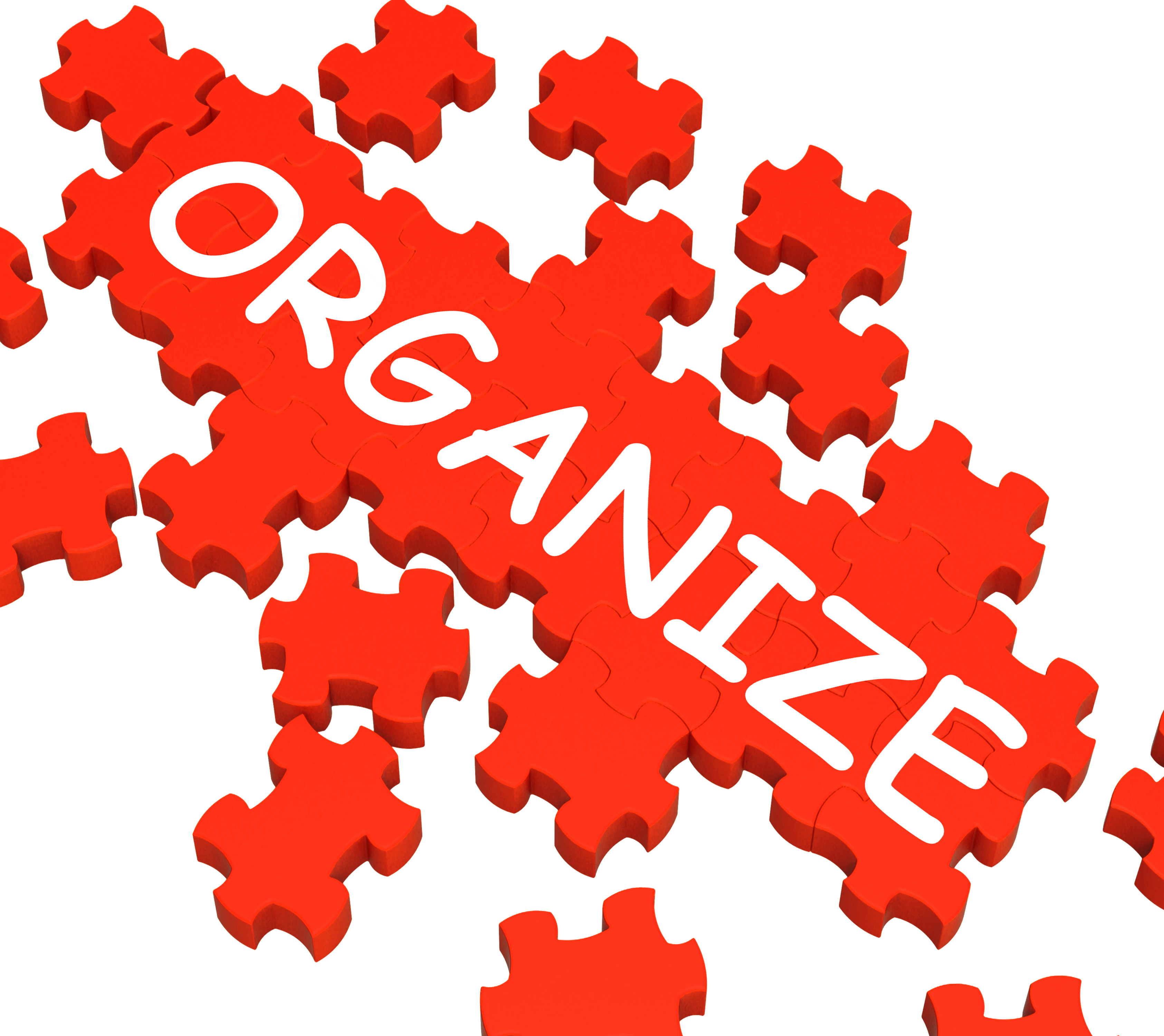
5S is the workplace organization tool for a company to use to begin their Lean Journey. 5S begins the culture building that an organization needs to be successful at the other Lean Tools. Read more…

The student will learn the different stages of the APQP process and how the Automotive Core Tools are integrated into the APQP process. From there the student will learn how to help drive the APQP process through the usage of GYR (Green, Yellow, Red) timelines and APQP centered checklists. They will be able to apply these tools to assist their organization avoid costly errors and omissions which could potentially lead to costly Engineering and Process changes. Read more…
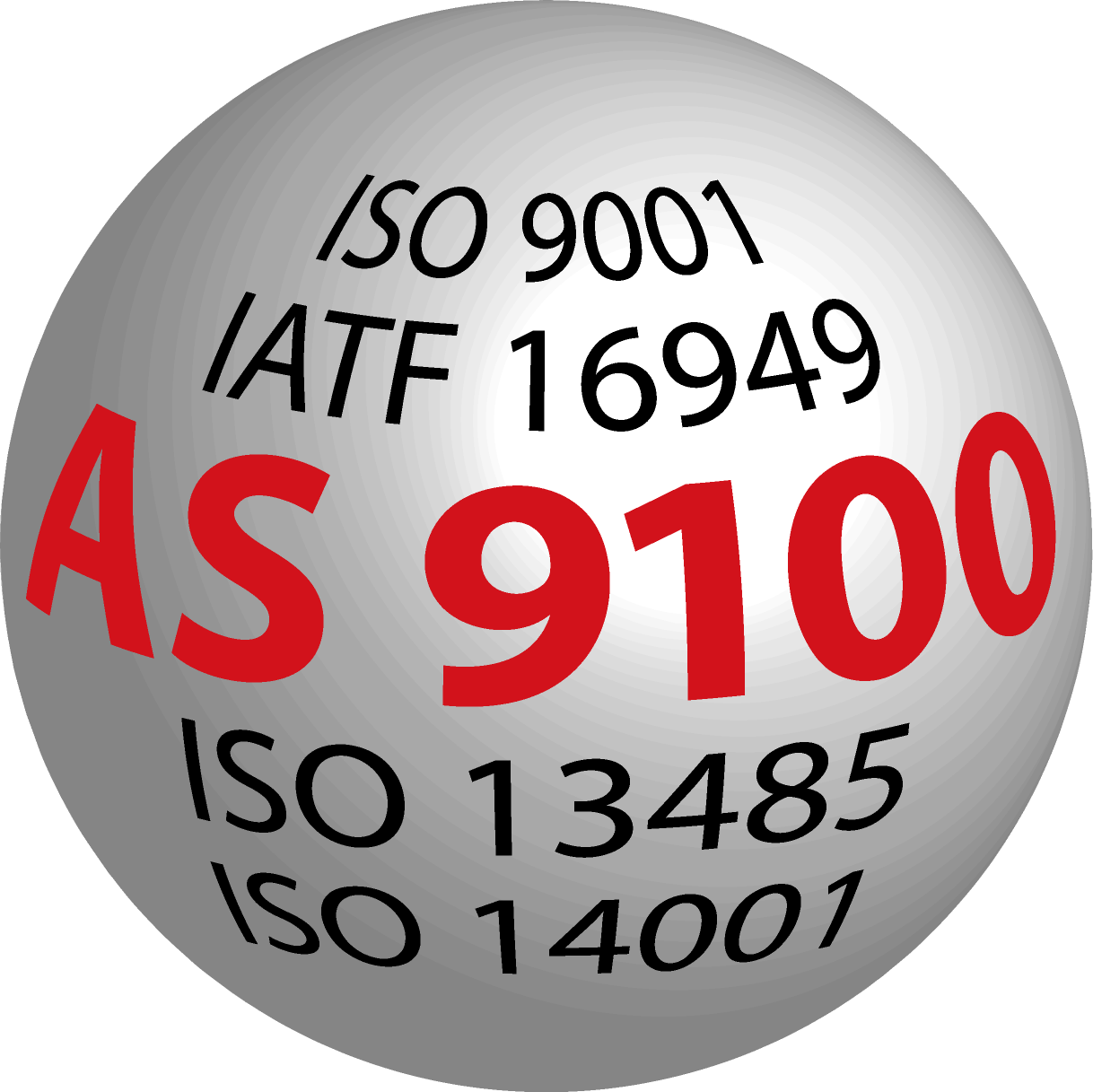
The student learns the requirements of the Aerospace and DOD Quality Management System and what a company needs to do to comply with these requirements. The class engages with the instructor to discuss how the standard applies to them. Read more…

This cost includes the cost involved in fulfilling the gap between the standard and actual product/service quality cost. It includes the cost of lost opportunity due to the loss of resources used in rectifying the defect. This cost includes all the labor cost, rework cost, disposition costs, and material costs that have been added to the unit up to the point of rejection. COPQ does not include detection and prevention cost. Read more…

Employee orientation is the process of introducing employees to their new jobs and work environments. Orientation provides an opportunity for new employees to become acclimated to their new company, department, colleagues and work expectations. Read more…
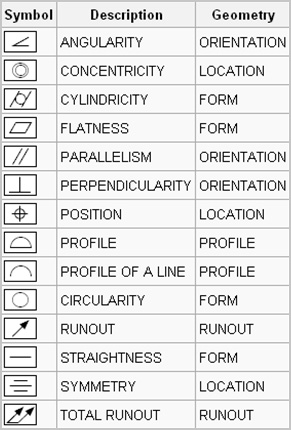
Geometric Dimensioning and Tolerancing (GD&T) is a system for defining and communicating engineering tolerances. It uses a symbolic language on engineering drawings and computer-generated three-dimensional solid models that explicitly describes nominal geometry and its allowable variation. It tells the manufacturing staff and machines what degree of accuracy and precision is needed on each controlled feature of the part. Read more…
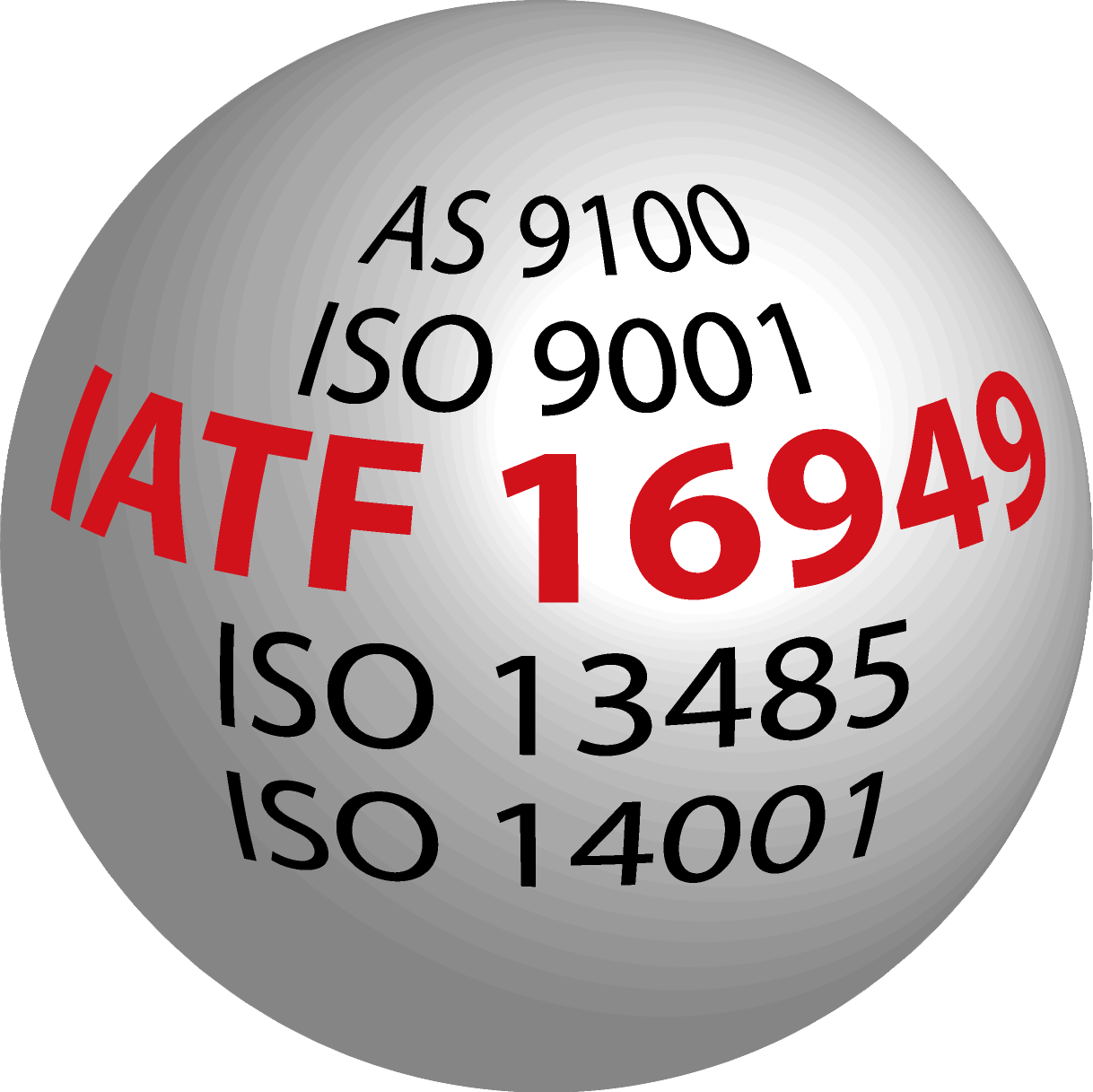
The student learns the requirements of the Automotive Quality Management System and what a company needs to do to comply with these requirements. The class engages with the instructor to discuss how the standard applies to them. Read more…
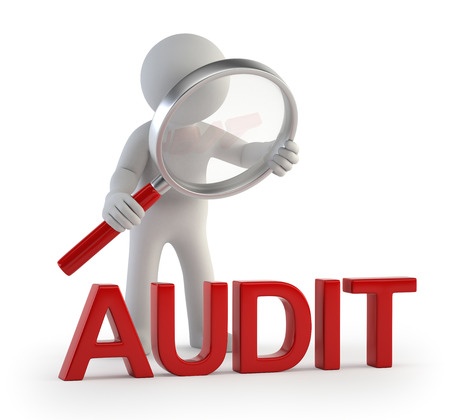
The student learns the requirements of the applicable standard and how to audit it to support a company’s certification and continuous improvement program. The class participates in an audit of an area of the business to practice the skills learned in the class. Read more…

The student learns the requirements of the ISO 13485 Quality Management System for Medical Devices and what a company needs to do to comply with these requirements. The class engages with the instructor to discuss how the standard applies to them. Read more…

The student learns the requirements of the Environmental Management System and what a company needs to do to comply with these requirements. The class engages with the instructor to discuss how the standard applies to them. Read more…

The student learns the requirements of the ISO 9001 Quality Management System and what a company needs to do to comply with these requirements. The class engages with the instructor to discuss how the standard applies to them. Read more…
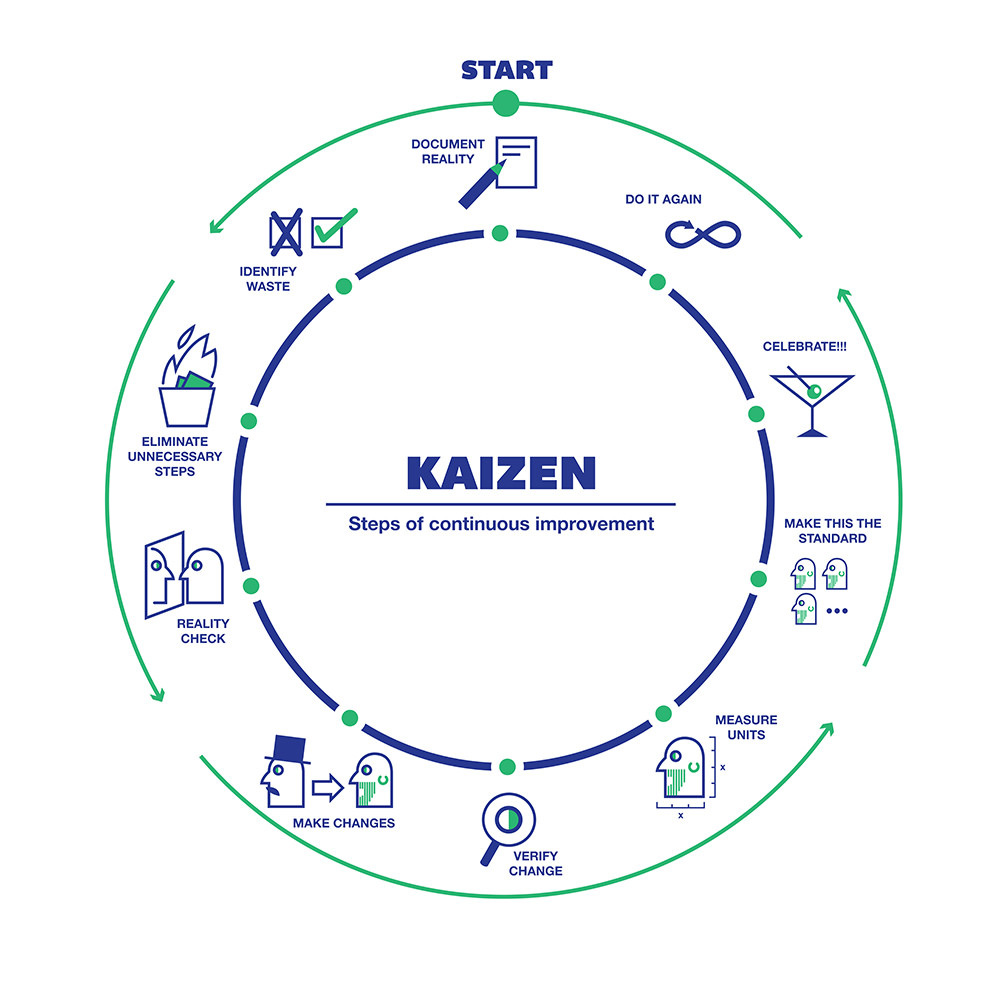
The student will learn how Kaizen works to improve the philosophy or practices of an organization and focuses upon continuous improvement activities. When used in the business sense and applied to the workplace, kaizen typically refers to activities that continually improve all functions of a business, from manufacturing to management and from the CEO to the workers. By improving standardized activities and processes, kaizen aims to eliminate waste. Read more…
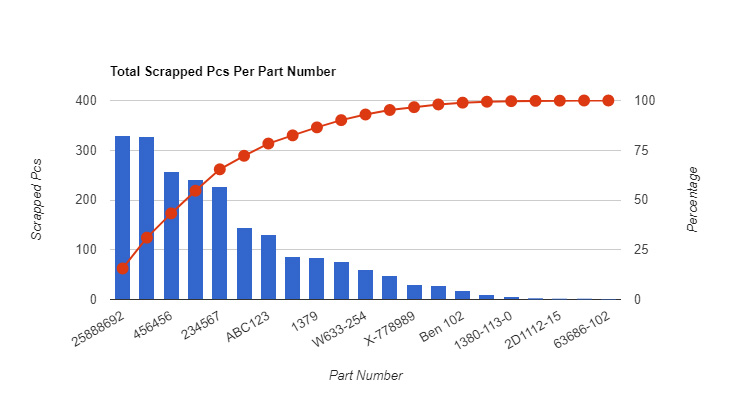
A Key Performance Indicator (KPI) is a measurable value that demonstrates how effectively a company is achieving key business objectives. Organizations use KPIs to evaluate their success at reaching targets. The participant will learn how to plan, track and analyst KPI’s. Read more…

Participants will learn the how to develop and implement an LPA program. The purpose of performing layered audits is to a) verify compliance to the documented manufacturing/assembly process to assure the production system is working optimally, b) involve various levels of management in the audit process, c) remove roadblocks to correcting potential issues which are identified by the audit and d) lead to standardized work practices. Read more…

Lean Measurables uses carefully selected performance indicator or key performance indicator (KPI) to measure the effectiveness of an organizations lean manufacturing efforts. Multiple lean manufacturing tools will be used to assist the organization to drive toward their goals and objectives. Read more…
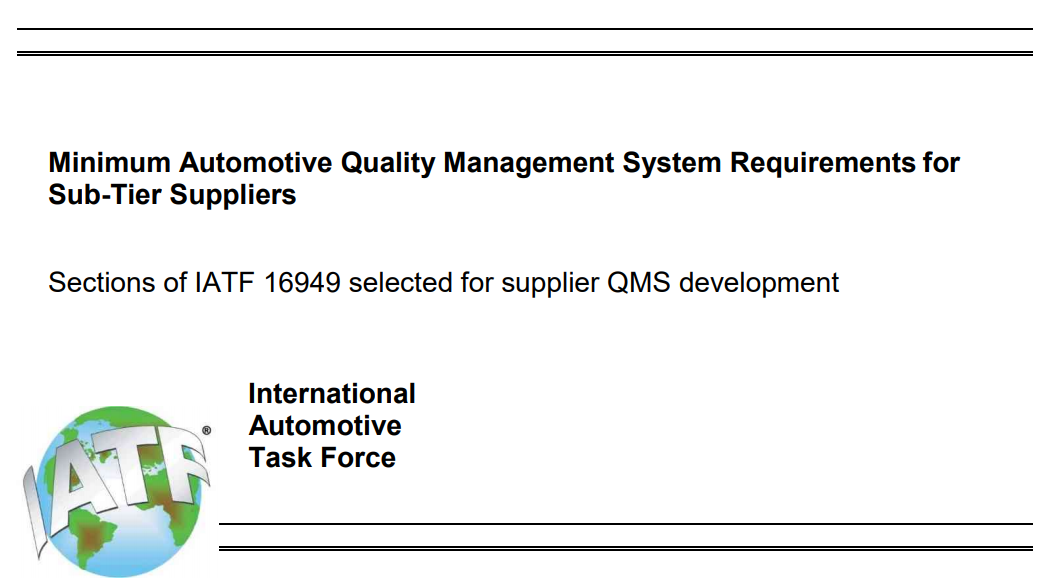
This Automotive Quality Management System standard is a mid-point between ISO 9001 and the automotive requirements of IATF 16949. It is used as a developmental tool to help companies transition between the standards. Read more…

Mistake Proofing (Poka Yoke) is a key component of the Toyota Production System. This component teaches participants how to help prevent defects from being produced, optimizing processes by eliminating the cost of sorting inventory after defects are found. Different approaches to implementing mistake proofing devices are reviewed. Read more…
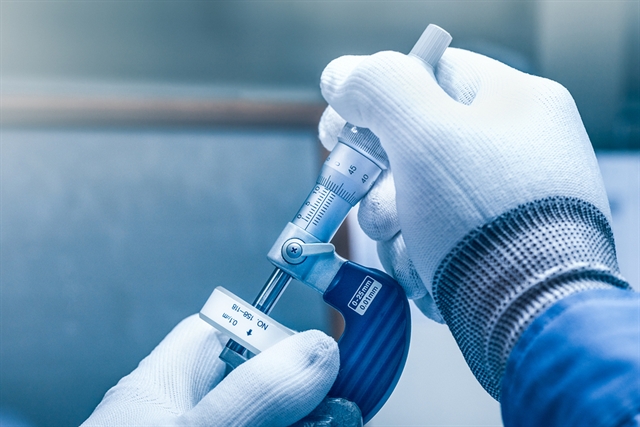
The student will be exposed to terms and concepts relating to Measurement Systems Analysis. The student will learn to identify how to determine how much measurement system error exists within the system. They will also learn how it relates to APQP and other core tools like PFMEA, Control Plan, SPC and PPAP. Read more…

PDCA an iterative four-step management method used in business for the control and continuous improvement of processes and products. It is also known as the Deming circle/cycle/wheel, Shewhart cycle, control circle/cycle, or plan–do–study–act (PDSA). It is the most commonly used form of problem solving. Read more…

PFMEA is an analytical tool used by Engineers and APQP teams during the development of production part programs. The student will learn how Process FMEA’s are structured. Emphasis is placed on the linkages between the DFMEA, PFMEA and the Control Plan along with their interdependences. The student will also learn how to analyze the PFMEA which will allow them to interact with other team members with confidence. Read more…
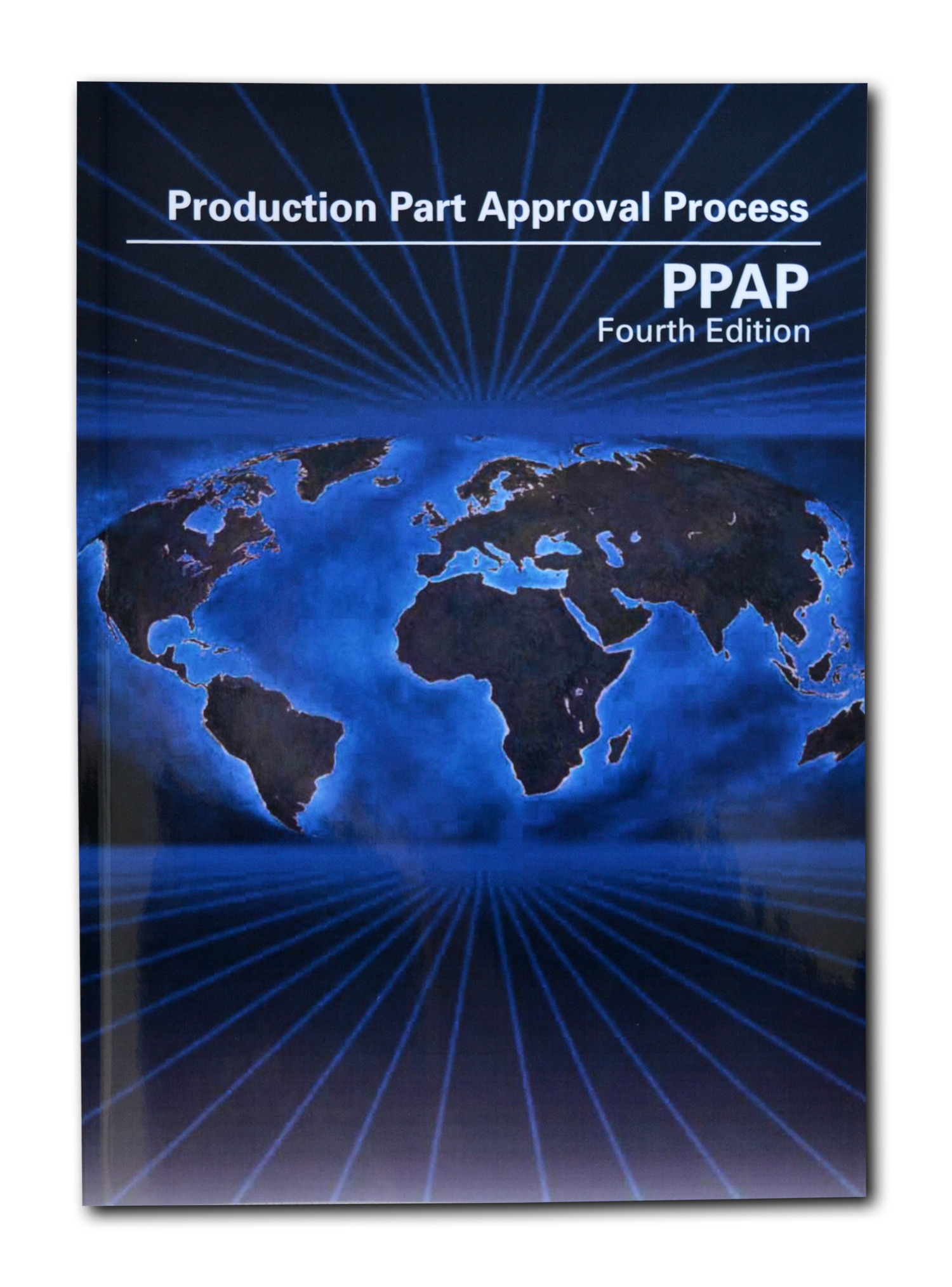
The student will be exposed to terms and concepts relating to PPAP. The student will learn to identify what a PPAP is and how it relates to APQP and other core tools like PFMEA, Control Plan, SPC and MSA. In addition, the student will become aware of the customer requirements relating to PPAP and understand how to prepare a PPAP for submission. Read more…
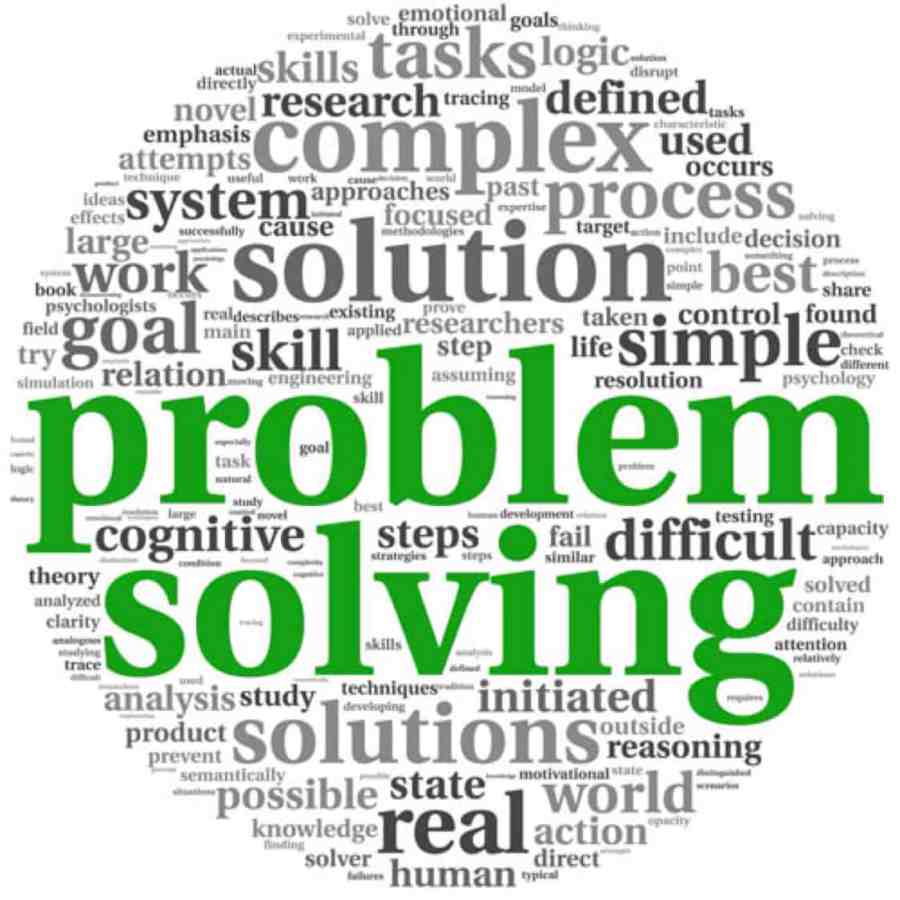
8D Problem-Solving (Eight Discipline) is a step-by-step problem-solving methodology popularized by Ford Motor Company. With the 8D problem-solving process, teams address and solve problems by uncovering and eliminating the root cause of the problem. The 8D problem-solving process as well as data collection and analysis tools such as Pareto Charts, Fishbone Diagrams, and 5 Why’s are reviewed. Read more…
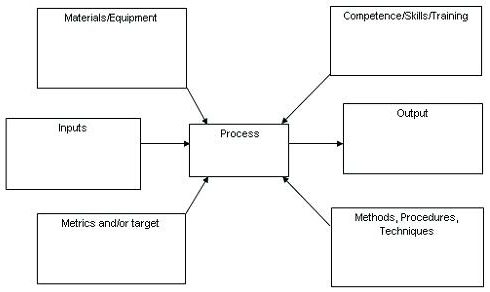
The process approach involves the systematic definition and management of processes, and their interactions, so as to achieve the intended results in accordance with the quality policy and strategic direction of the organization. The participant will learn multiple methods for developing processes using this approach. Read more…
Participants will learn the how to analyze the performance of their operational areas. Topics covered include the identification of which metric should be measured based on the areas operational functions and COPQ. Within the scope of this class, the instructor will review the fundamentals of problem solving to improve the performance of the metrics. A class participation activity is used to help teach these core concepts. Read more…
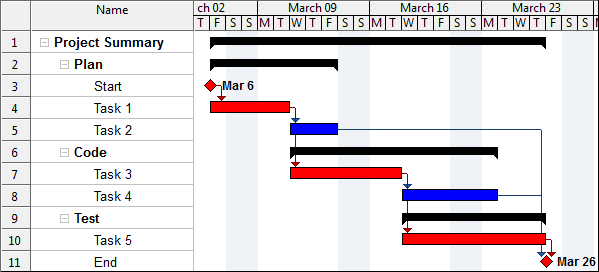
The student learns the discipline of planning, organizing, and managing resources to bring about the successful completion of specific project goals and objectives. They will learn how to help plan the project scope, timing, budgeting and constraint identification. Read more…
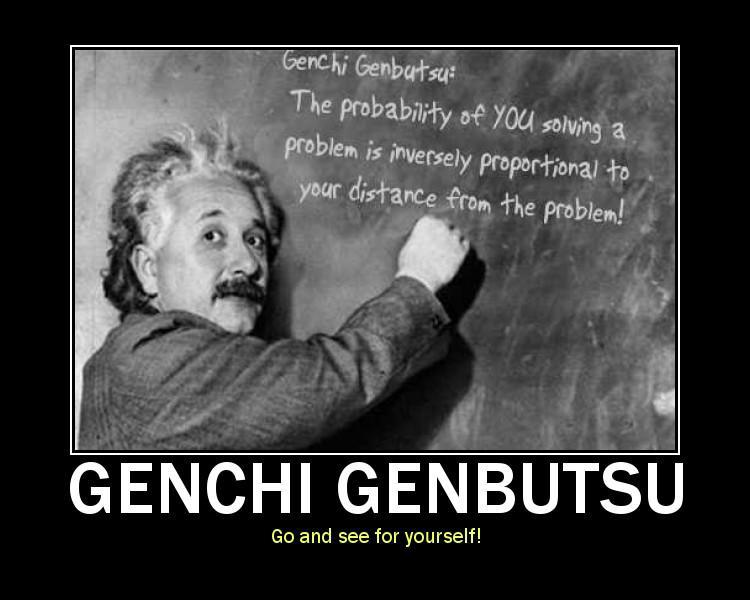
QRQC focuses on quality control to ensure that any problem is identified and isolated and that a solution is found and implemented quickly and effectively. QRQC is based on a Japanese concept known as San Gen Shugi, meaning “3 reals”. San Gen Shugi is a scientific method and concept of problem solving and analysis with far-reaching applications. Read more…

Risk management is the identification, assessment, and prioritization of risks followed by coordinated and economical application of resources to minimize, monitor, and control the probability and/or impact of unfortunate events or to maximize the realization of opportunities. Read more…
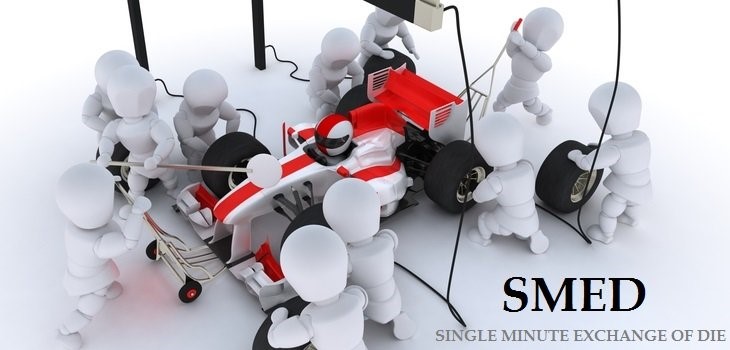
Single-minute exchange of die is one of the many lean production methods for reducing waste in a manufacturing process. It provides a rapid and efficient way of converting a manufacturing process from running the current product to running the next product. This rapid changeover is key to reducing production lot sizes and thereby improving flow, reducing production loss and output variability. Read more…
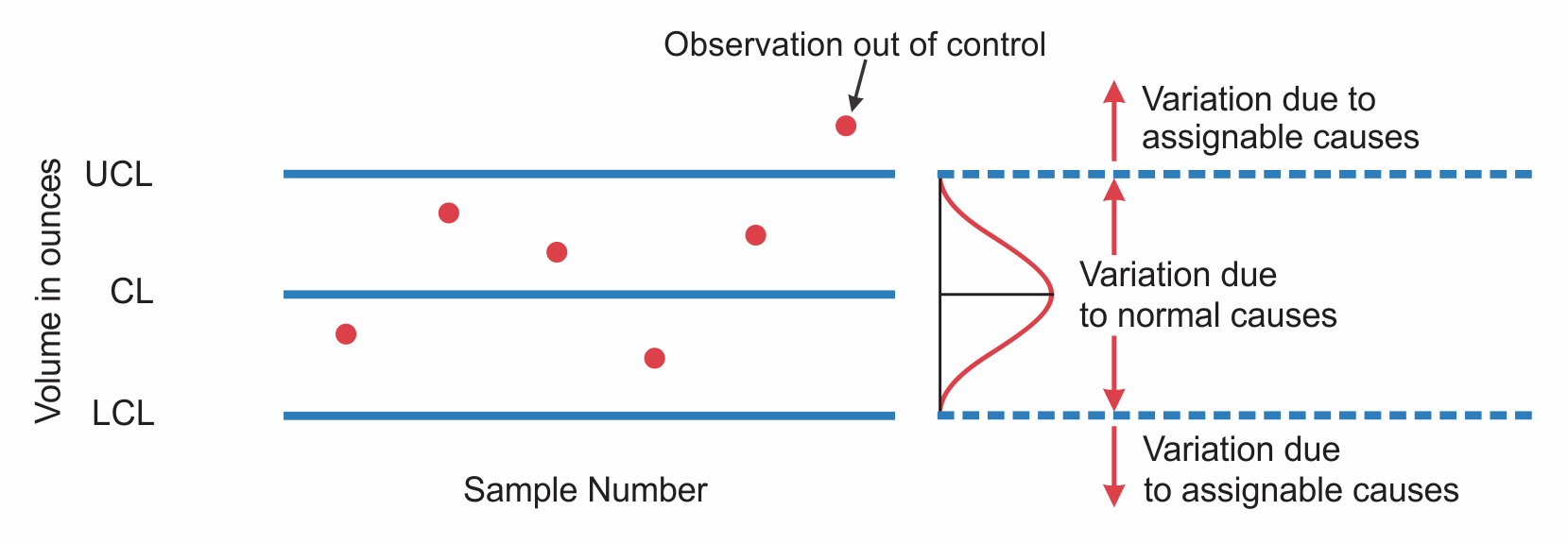
This class can be effective for shop floor employees, engineers and internal auditors. The proper selection of SPC tools is important to preventing processing and product issues. Using the correct charting methods and effective implementation are crucial to an organizations’ success. This course will lead the student from the basics for SPC through selection of the right SPC tools and methods for successful implementation. They will be able to apply the training to shop floor applications and become involved in the selection of the correct SPC tool(s) during APQP. Read more…
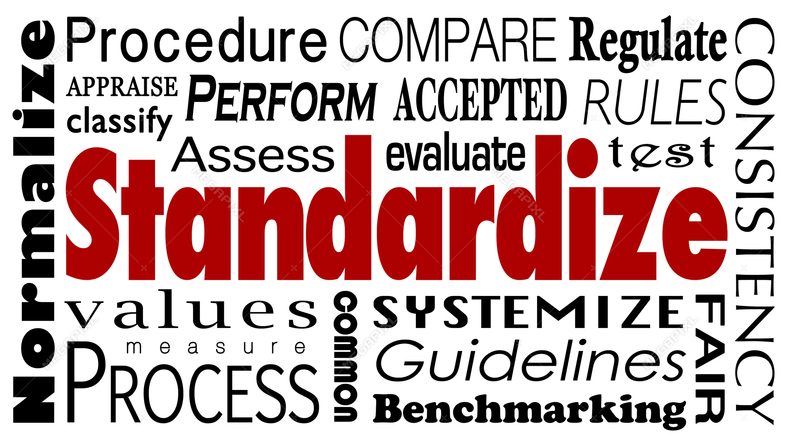
Standardized work is one of the most powerful but least used lean tools. By documenting the current best practice, standardized work forms the baseline for kaizen or continuous improvement. As the standard is improved, the new standard becomes the baseline for further improvements, and so on. Improving standardized work is a never-ending process. Read more…
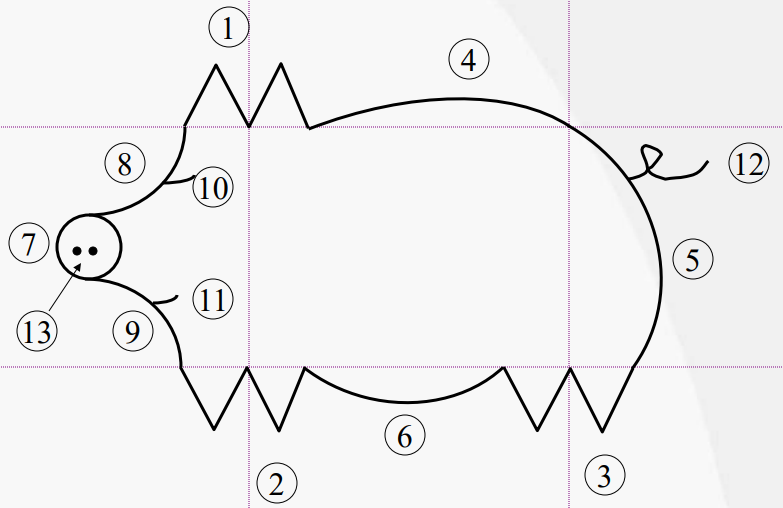
Standardized work is one of the most powerful but least used lean tools. By documenting the current best practice, standardized work forms the baseline for kaizen or continuous improvement. As the standard is improved, the new standard becomes the baseline for further improvements, and so on. Improving standardized work is a never-ending process. Establishing standardized work relies on collecting and recording data on a few forms. These forms are used by engineers and front-line supervisors to design the process and by operators to make improvements in their own jobs. In this workshop, you’ll learn how to use these forms and why it will be difficult to make your lean implementations “stick” without standardized work. Read more…
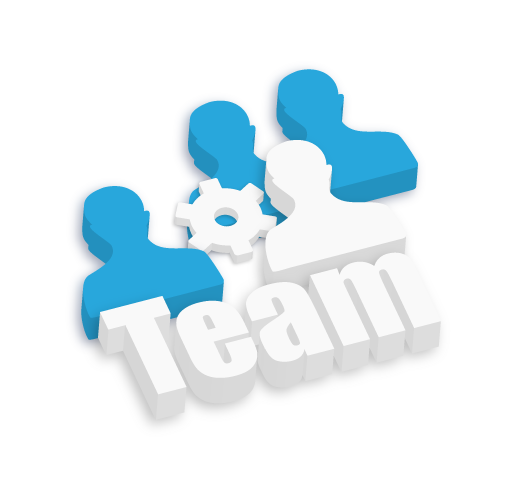
Participants will learn the basics of team building and what makes teams effective. Some of the topics covered include the basics of developing teams, personality types, team norms and project planning. A class participation activity is used to help teach these core concepts. Read more…
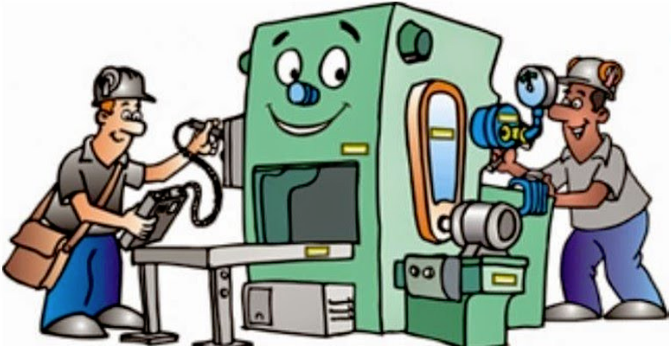
This class will introduce TPM and its associated planning and practice to associates in various manufacturing industries. TPM is a maintenance program aimed towards increasing production and simultaneously increasing employee morale and ownership of equipment. Topics such as Maintenance types, TPM planning, targets and metrics for improvement will be discussed while clarifying objectives and benefits for management. Read more…

Measuring the effectiveness of training programs consumes valuable time and resources. As we know all too well, these things are in short supply in organizations today. Many training programs fail to deliver the expected organizational benefits. Having a well-structured measuring system in place can help you determine where the problem lies. Read more…

The student will learn how Value Stream Mapping works to analyze the flow of materials and information currently required to bring a product or service to a consumer. Once developed, the map is used to develop solutions to reduce the waste within an organization. Read more…
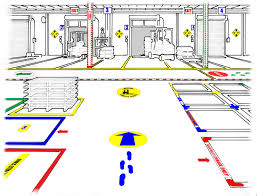
The term “visual factory” refers to an approach to lean manufacturing processes based on visual information throughout the workplace. A visual factory uses a system of communication tools to share information at the time and place it is needed. Read more…
